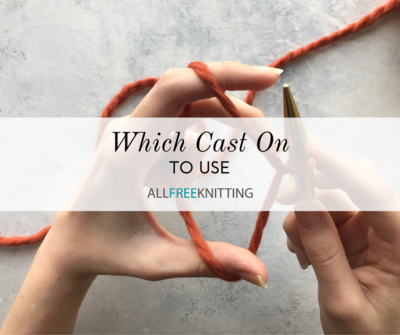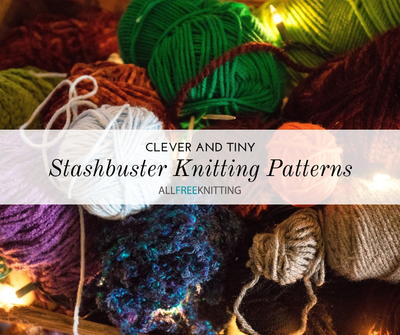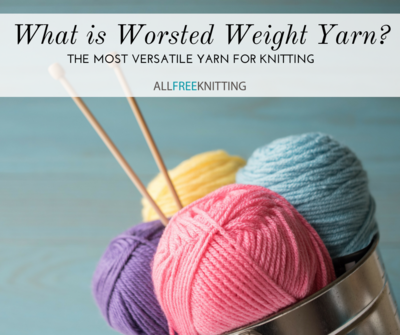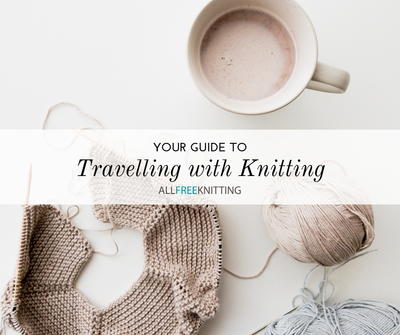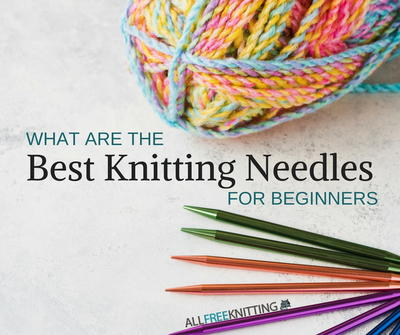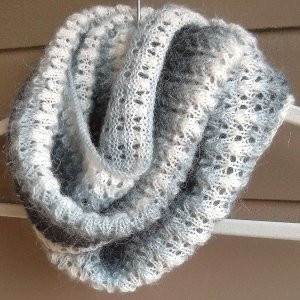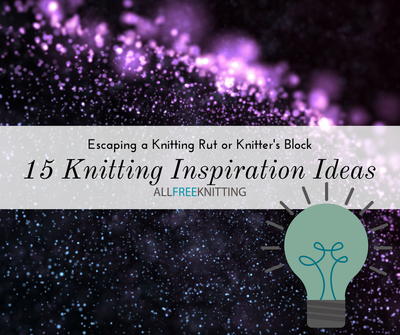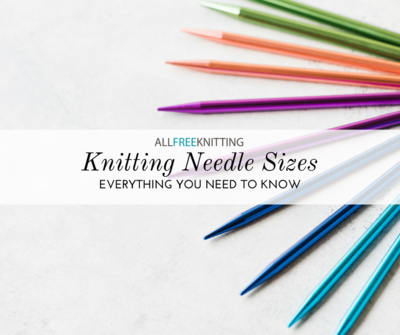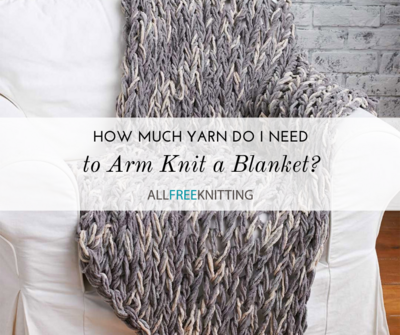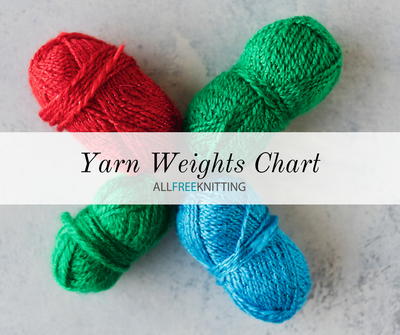Which Cast On to Use
If youre ever at a loss to which knitting cast on methods are ideal for your next project, this handy guide should help.
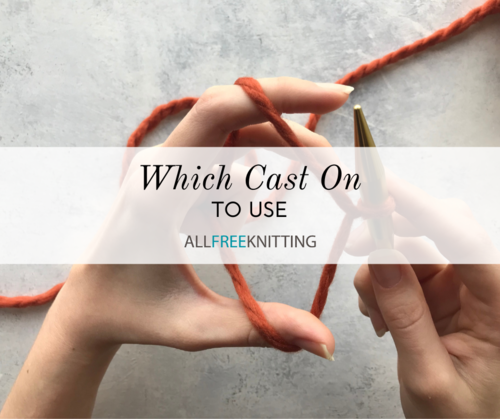
“I thought there was only one way to cast on!”
I hear this in my knitting classes all the time. Actually, there are over 100 ways to put loops on your needle! For starters, it’s a good idea to master just three cast on methods: Knit-on, Long-Tail, and E-wrap. Which one of these (or of the other 97+) is best depends on what you are making. How does the cast on edge need to function in your finished project? Do you want the edge to blend in visually or stand out? Once you know the characteristics that you want, the right choice becomes clearer. The cast on you choose may also help you determine which bind off to use— but that’s for another article.
Best Cast On for a Stretchy Edge
Ribbing requires a cast on with elasticity, so that the garment will slip on and off comfortably. My personal favorite is the Long-Tail Cast On. It is stretchy, and substantial, because it is worked with two strands of yarn. But—this is important—Long-Tail also creates a row of knitting at the same time as it adds loops to the needle. Consider adjusting your project by beginning with Row 2 of any pattern you are following.
When to use a Long-Tail Cast On:
- Hat brims
- Sock cuffs
- Sleeve cuffs
- Tight collars
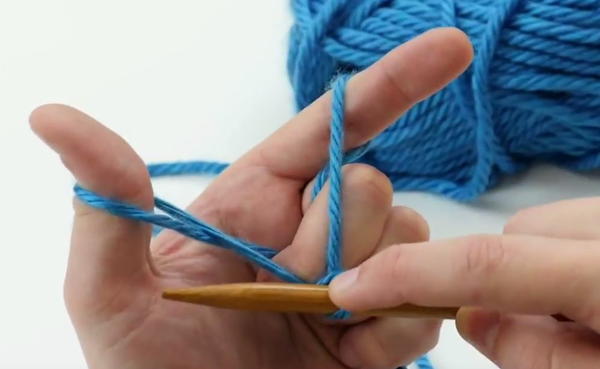
Best Cast On for a Firm Edge
A firm, non-stretchy edge is most appropriate for a dense, non-stretchy project. The Knitted-On Cast On is an ideal choice. There is a tendency for knitters to work this technique too tightly, so consider going up a needle size or casting on quite loosely.
When to use a Knitted-On Cast On:
- Placemats
- Baskets
- Dishcloths
- Amigurumi
- Blankets
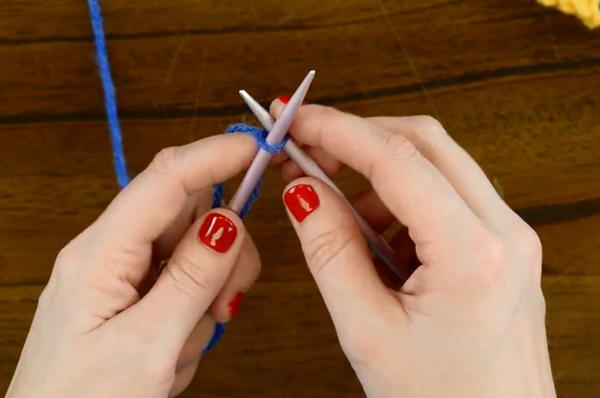
Best Cast On When Stranded on a Desert Island
Being in this scenario will probably render you incapable of remembering anything you learned back in civilization. This is the time to use the E-Wrap Cast On. It isn’t pretty, it isn’t stretchy, and it isn’t especially strong, but it is so basic that, in your desperation to begin knitting, you can probably figure it out without any help.
The E-Wrap Cast On also works well for buttonholes. Besides being firm, it is thin, thus being good for small areas where you wouldn’t want it to show prominently.
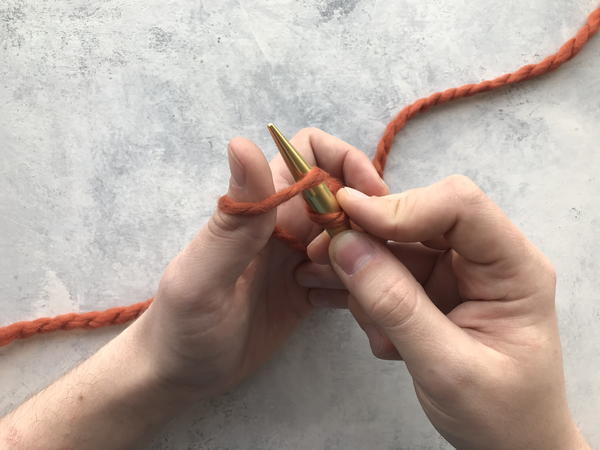
Cast ons vary in elasticity, size, and look. Match the characteristics of your cast on with the characteristics of your project, and you’re well on your way to knowing which cast on to use.
What kind of cast on will you use for your next project?

